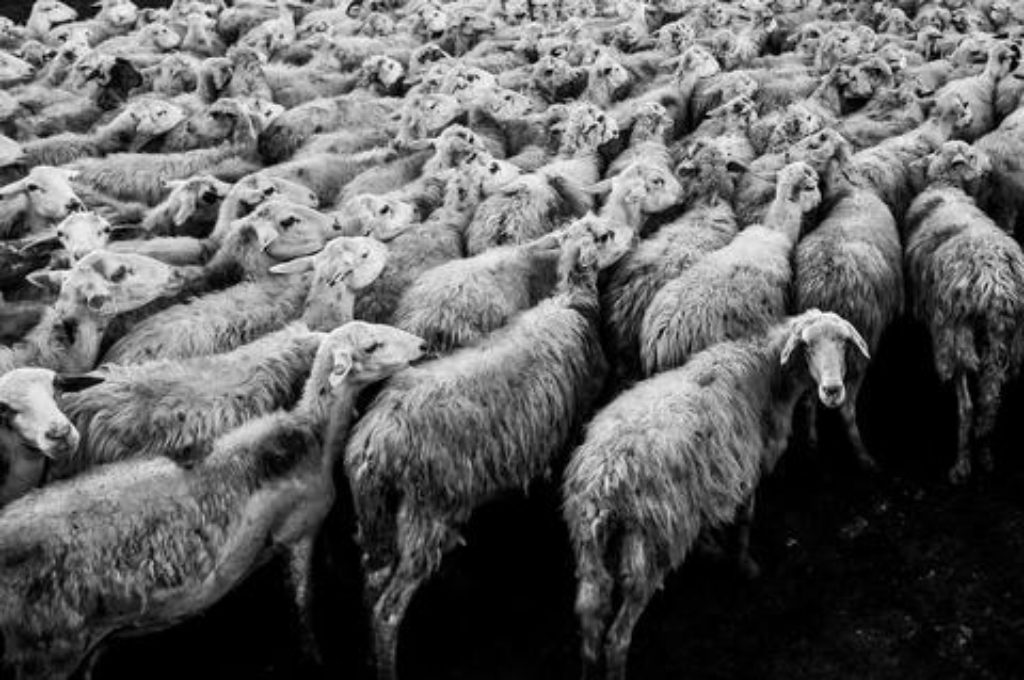How soil health is integral to One Health
One of a series of blogs written by CABI editors for One Health (#OneHealth) Day on November 3rd 2016 "It is difficult to rate the importance of the different soil functions, since all are vital to our well-being to some extent. However, the function of supporting food and agriculture worldwide is fundamental for the preservation and advancement of…
Excessive use of antimicrobials in intensive livestock farming as One Health issue
Most antibiotics in livestock farming are used in aquaculture, but significant amounts are also used in terrestrial livestock species, particularly in poultry and pigs. Approximately 70% of antibiotics are used for non-therapeutic purposes, i.e. many antibiotics are used in sub-therapeutic doses and over prolonged periods, which leads to the development of genes that confer antimicrobial resistance to animal pathogens. These genes can subsequently be transferred to human pathogens and it is estimated that 75% of recently emerging diseases in humans are of animal origin. Antimicrobial resistance (AMR) problems are further exacerbated by the fact that antibiotic resistance genes were found in bacteria long before antibiotics were ever used on super-pathogens in farm animals. AMR is a worldwide problem, which clearly affects both animal and human health, and hence it is truly One Health issue.
Mobile Technology For Development – A Local Call?
Mobile technology has great promise for assisting agricultural development, but only if the information provided is tailored to local needs. This was a key conclusion from a workshop held at the Centre for Development Informatics at the University of Manchester. CABI and the University of Manchester were the joint organisers of the workshop "Mobile Technology…
Rural women – our hope for a more sustainable planet
Enhancing agricultural and rural development – and achieving the 2030 sustainable development goals (SDGs) – largely depends on empowering rural women who make up over a quarter of the total world population. This demographic plays such a critical role in global health and food security that every year since 2008, the United Nations (UN) has…
Open-access Knowledge Bank tackles malnutrition
Adequate nutrition, particularly in the first 1,000 days of life, is critical to both physical and mental development and long-term health. However, 15% of babies are born with a low birth weight[i] and 1 out of 3 people in the developing world suffer from a micronutrient deficiency; both important indicators of malnutrition. Poor access to…
How crop diversity could help secure our future food supply
Diversity within maize. Image source: Sam Fentress, CC BY-SA 2.0, https://commons.wikimedia.org/w/index.php?curid=1293212 16 October is World Food Day (#WFD2016); this year’s theme is ‘Climate is changing. Food and agriculture must too.’ Jennifer Cunniff, plant scientist in CABI’s editorial team looks at how harnessing crop diversity is vital for us to meet the challenge. Of the wide…
Different explanations of mental illness in Jamaica: can we combine the traditional and biomedical to heal body and spirit?
Gordon Town Health Centre, Kingston, Jamaica. Image: H. Schwartz Today is World Mental Health Day [October 10th 2016], whose theme is "psychological first aid and the support people can provide to those in distress". An apt moment to publish the insights into Jamaican community mental health of our summer intern, Harpur Schwartz. In her…
Guaranteeing credit to coffee farmers in Ethiopia and Rwanda
At a time when the coffee sector is faced with many challenges, ranging from low productivity, high production costs, to the threat of climate change, it is crucial to remember those most affected. Approximately 25 million small scale coffee farmers and their families produce 70% of the world’s coffee and it is they who bear…
Why Latin America is nearer elimination of rabies than Africa
Latin America is doing far better at controlling and ultimately eliminating rabies from the region than Africa. Latin America uses dog vaccination; Africa relies on post-exposure prophylaxis. Can the lessons learned in Latin America be applied or adapted to Africa? At RSTMH “Challenges in Disease Elimination”, [September 12-16th, 2016], Dr Katie Hampson described the PAHO surveillance & management framework operating in Mexico and Brazil, devised to support the elimination of rabies in 25 PAHO countries, which could be adapted. Tanzanian researchers have developed a targeted surveillance system to improve case detection for the African setting where resources are constrained.



